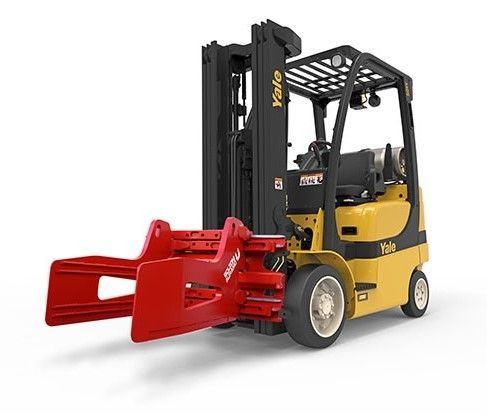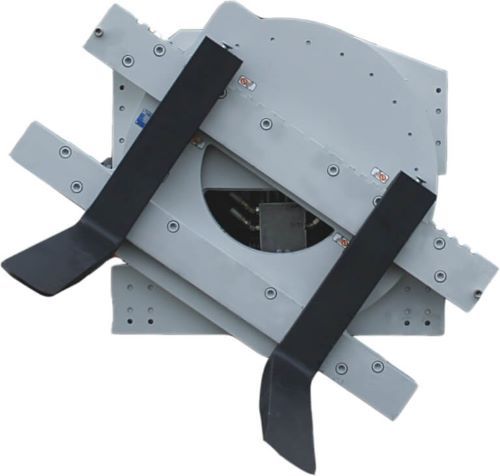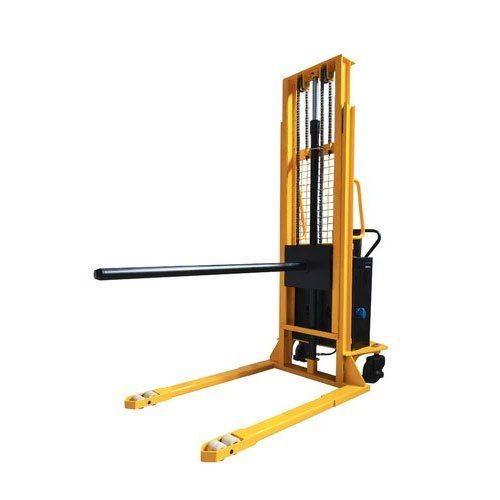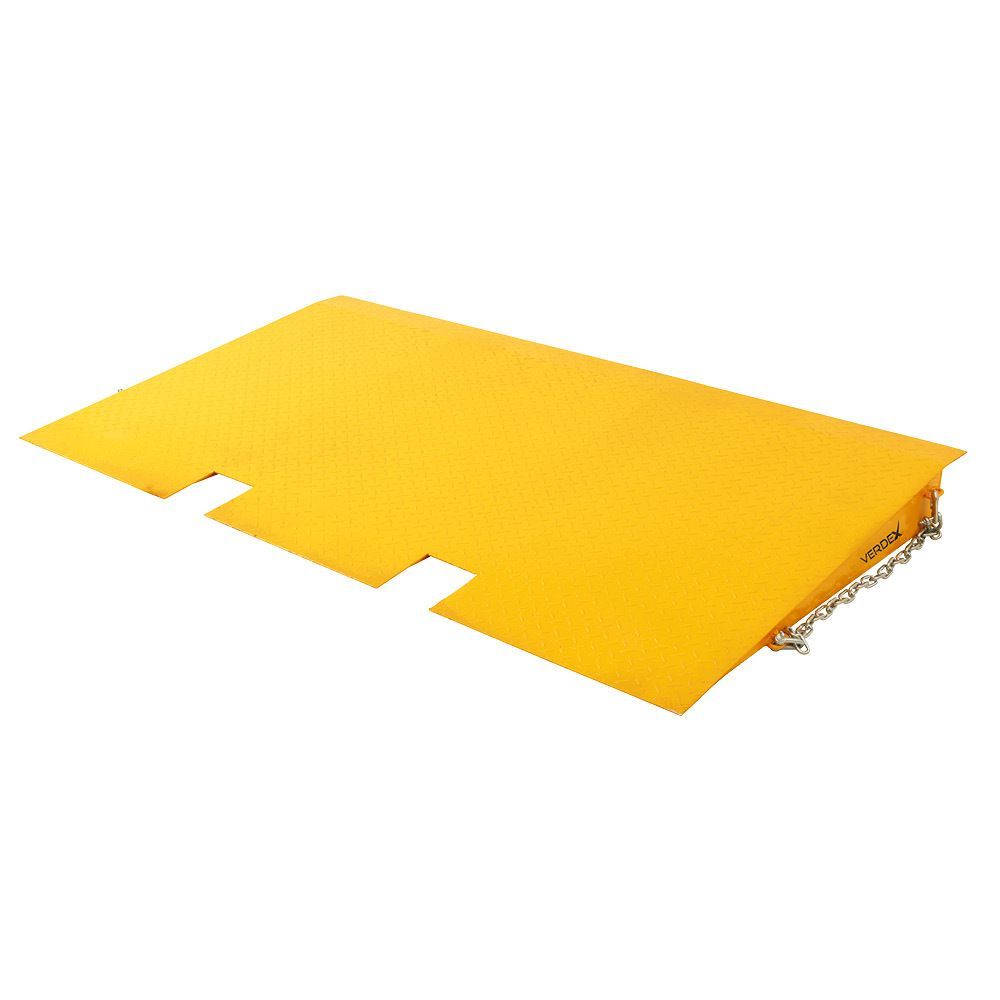Our workshop in Bayswater stocks a wide variety of new and used forklift attachments and spare parts for purchase in Melbourne and regional Victoria.
We offer an extensive range of high-quality attachments to enhance the versatility and efficiency of your forklifts, including hydraulic rotators for precise load positioning and dumping tasks, fork positioners for easy adjustment of fork spacing, ramps for safe and convenient loading and unloading, and safety cages to ensure the safety of personnel during elevated work tasks.
Our experienced mechanics are available to fit any purchased items to your forklifts, ensuring proper installation and operational functionality.




















